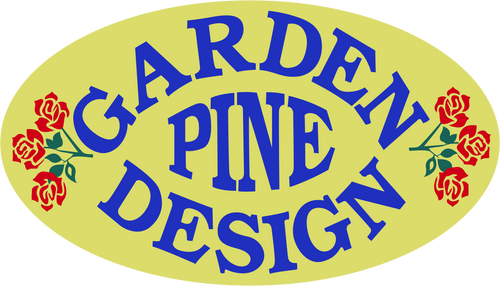Easy Assembly
Assembly of Garden Pine Design furniture is quite straight forward but requires a fair number of stainless steel screws to be wound in so with each kit we supply a square drive bit for a cordless drill or driver. Square drive screws are very user friendly and all the holes are pre drilled. The instructions are comprehensive and have photos of each stage of assembly.
Mould Care
Mould can show up, especially in the winter but is easily removed with chlorine(sodium hypochlorite) based bleaches like Janola or Exit Mould. There are many types available and will work within minutes. They can be used in quite strong concentrations but should be washed off after a few minutes when the mould has gone. They can start to bleach some paint tints if really concentrated and left too long. If you are worried you could test it out of sight underneath a chair or table.
Painting Tips
Treated pine will resist rots and insect damage for many years but if left unprotected in full weather will discolour and develop surface cracks (called checking) caused by swelling in the rain and drying too quickly under fierce sun. This happens to all timber to varying degrees. This is why we recommend painting. Oil stains retain the more natural look but we wouldn't recommend this option unless under a veranda or similar the oil will need replenishing frequently.
Acrylic paints require much less maintenance, are easily applied and wash up in water. They are also flexible so won't crack or peel when the timber swells slightly. Be sure to use good quality paints. They can be tinted to hundreds of colours from bold and bright to the more conservative creams and white. Lighter colours reflect the heat from the sun better so last much better unless in a shady situation. Most colours will achieve good coverage with two coats (approx. 500ml per chair), although some colours are more see through and might need one more coat. Paint manufacturers recommend priming with preferably an oil based wood primer as they seal better. Apparently there are good sealing acrylic primers available today too but whichever you use be sure to give them a healthy coat especially on the end grains of the timber where the water can get in easily. Tinting the primer to suit your top colour can help with coverage. Your paint supplier should be able to help there. Customers often ask me whether to paint before or after assembly. I only paint after assembly because I spray paint for local customers and this is easier than having parts lying around drying and touching up after screwing together. However, if brush painting, there may be some advantage in a little pre painting, but be sure not to paint over the pencil guide marks for helping assembly. You could score a mark over the pencil lines with a nail or screwdiver edge so you can see them through the paint. They won't be noticeable after assembly Personally I would assemble first and leave off or remove the bottom curved support board to paint between the bottom of the back boards as this is the trickiest part to get a brush into.
